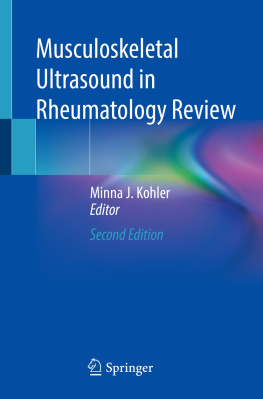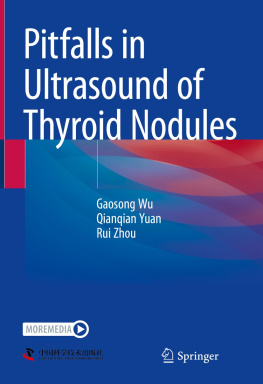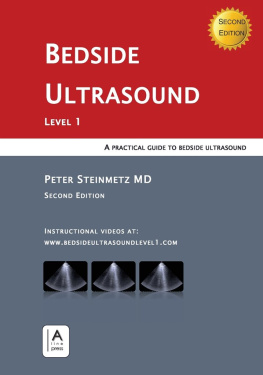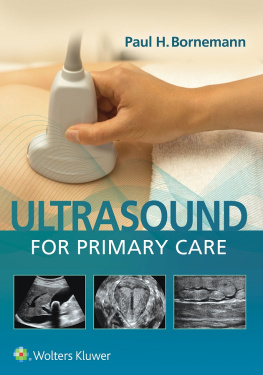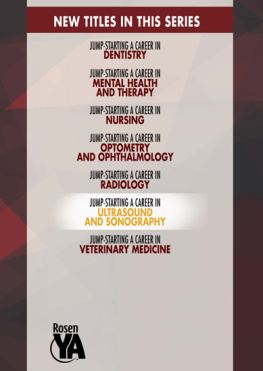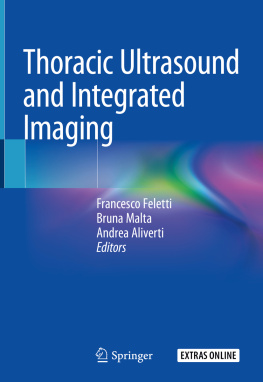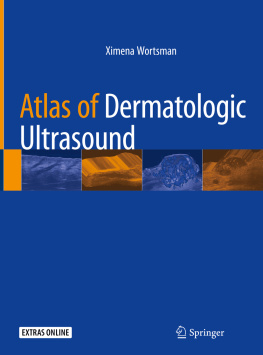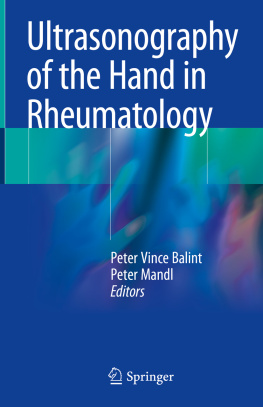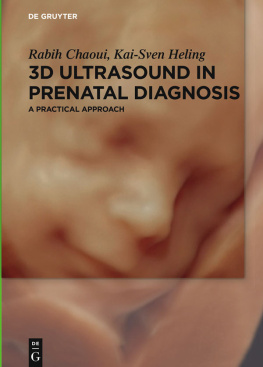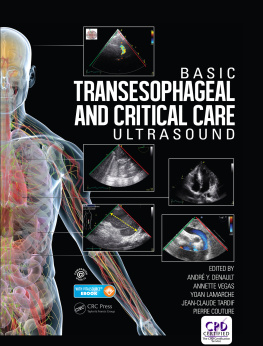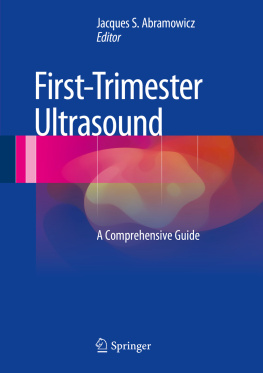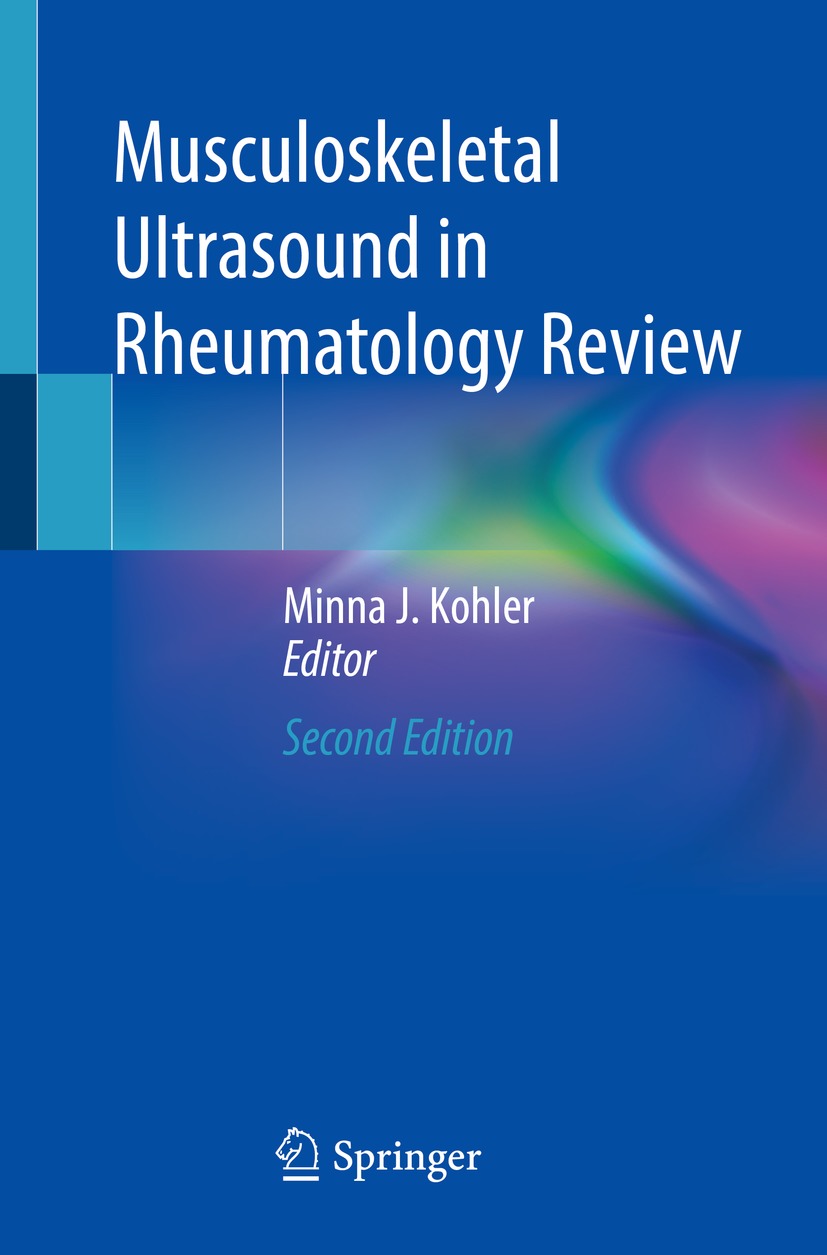Musculoskeletal Ultrasound in Rheumatology Review
2nd ed. 2021

Logo of the publisher
Editor
Minna J. Kohler
Massachusetts General Hospital, Harvard Medical School, Boston, MA, USA
ISBN 978-3-030-73554-8 e-ISBN 978-3-030-73555-5
https://doi.org/10.1007/978-3-030-73555-5
Springer Nature Switzerland AG 2021
This work is subject to copyright. All rights are reserved by the Publisher, whether the whole or part of the material is concerned, specifically the rights of translation, reprinting, reuse of illustrations, recitation, broadcasting, reproduction on microfilms or in any other physical way, and transmission or information storage and retrieval, electronic adaptation, computer software, or by similar or dissimilar methodology now known or hereafter developed.
The use of general descriptive names, registered names, trademarks, service marks, etc. in this publication does not imply, even in the absence of a specific statement, that such names are exempt from the relevant protective laws and regulations and therefore free for general use.
The publisher, the authors and the editors are safe to assume that the advice and information in this book are believed to be true and accurate at the date of publication. Neither the publisher nor the authors or the editors give a warranty, expressed or implied, with respect to the material contained herein or for any errors or omissions that may have been made. The publisher remains neutral with regard to jurisdictional claims in published maps and institutional affiliations.
This Springer imprint is published by the registered company Springer Nature Switzerland AG
The registered company address is: Gewerbestrasse 11, 6330 Cham, Switzerland
I would like to dedicate this book to my parents Kahp and Michelle So, my husband Ed, and daughter Evelyn; thank you for your unconditional love and support.
Foreword
More than 20 years ago now, the first report of the use of ultrasound to guide the diagnosis of giant cell arteritis appeared, serving as my own introduction to the idea that this imaging modality could be useful in the rheumatic diseases [1]. The report was met with both excitement and skepticism at the time, and it was unclear which emotion to believe more. The ensuing years have confirmed, fortunately, that the excitement was in fact appropriate and well founded. The techniques of musculoskeletal ultrasound (MSK) have continued to evolve and progress, growing now to play important and sometimes critical roles in the diagnosis not only of giant cell arteritis, but also inflammatory arthritis, other joint conditions, and dozens of soft-tissue rheumatologic syndromes. In my own practice, I have often found the input of MSK crucial to the diagnosis and management of difficult patients, often obviating the need for additional, more invasive procedures.
Broad education and rigorous training have been essential to these advances. I have no doubt that this second edition will contribute substantially to these important developments in our field and am pleased to recommend it to all trainees and practitioners of our craft.
Schmidt WA, Kraft HE, Vorpahl K, et al. Color duplex ultrasonography in the diagnosis of temporal arteritis. N Engl J Med. 1997;337(19):133642.
John H. Stone
Preface
Point-of-care ultrasound, or ultrasound performed and interpreted by the clinician in the clinic/office or at the bedside, has been rapidly expanding in use among multiple medical specialties. Musculoskeletal ultrasound has added value to clinical care to expedite diagnoses by visualizing mechanical versus inflammatory features and correlating these findings with patients symptoms. The use of power Doppler to assess for subclinical inflammation or active hyperemia has been a distinguishing use of ultrasound for rheumatologists. Accurate needle guidance with ultrasound for joint and tendon procedures has allowed expansion of procedures in the clinic and has been associated with less pain and precise targeting of affected structures. Musculoskeletal ultrasound education is now offered in nearly all rheumatology fellowship training programs in the United States and is also included in residency training in other specialties (e.g., physical medicine and rehabilitation, orthopedics, podiatry, emergency medicine, and family medicine). Since the publication of the first edition of Musculoskeletal Ultrasound in Rheumatology Review, I have been excited to see the growth of musculoskeletal ultrasound in the field of rheumatology as well as other musculoskeletal specialties. This concise review book is designed for rheumatologists and other musculoskeletal providers learning and practicing the valuable skill of point-of-care musculoskeletal ultrasound. It is intended to serve as a practical guide for learning the fundamentals of normal sonographic anatomy and understanding how ultrasound can be incorporated into clinical care to assist in the diagnosis and management of common rheumatologic and musculoskeletal problems. Review questions are presented at the end of each chapter designed to highlight the essential concepts the reader should learn. These questions also serve as a self-evaluation and may be helpful for exam preparation.
Organization
This book begins with an introduction to musculoskeletal ultrasound use in rheumatologic disease, basic physics, and a how-to approach on learning about ultrasound equipment, image acquisition techniques, and common artifacts.
The next chapter, Basic Sonopathology and Implementing Musculoskeletal Ultrasound into Clinical Practice, reviews the general sonographic appearance of normal anatomy in contrast to commonly encountered rheumatologic abnormalities with an updated review of the supporting literature. This chapter is newly organized to include practical aspects of adding musculoskeletal ultrasound into a clinical practice, including maintenance of equipment and cleaning guidelines.
Chapters review the normal sonoanatomy of the upper and lower extremity joint regions (hand/wrist, elbow, shoulder, hip, knee, ankle /foot) and image acquisition of these areas using standardized scanning protocols. Commonly encountered sonopathology in rheumatologic and musculoskeletal conditions is reviewed, with updated case examples.
Musculoskeletal providers are well versed in joint aspiration and injections. Supporting literature review for ultrasound-guided injections and description of commonly used injection techniques with image examples are reviewed in Chap. , Ultrasound-Guided Injections.
The state of pediatric ultrasound in rheumatology continues to grow. Chap. , Pediatric Musculoskeletal Ultrasonography, reviews important sonographic differences to consider between adults and children with particular focus on careful interpretation of normal versus pathologic ultrasound images in rheumatologic patients. Due to the scope of this book, emphasis on fractures, dislocations, and other musculoskeletal issues that may be seen in emergency settings is not provided.
New to this second edition are chapters dedicated to rheumatologic disease, which provide a more in-depth review of the growing information we are learning through the power of ultrasound and how it may be applicable in the clinical setting. Chapters include the use of ultrasound in the following diseases: rheumatoid arthritis, psoriatic arthritis, crystalline arthritis, osteoarthritis, systemic sclerosis, and systemic lupus erythematosus.

